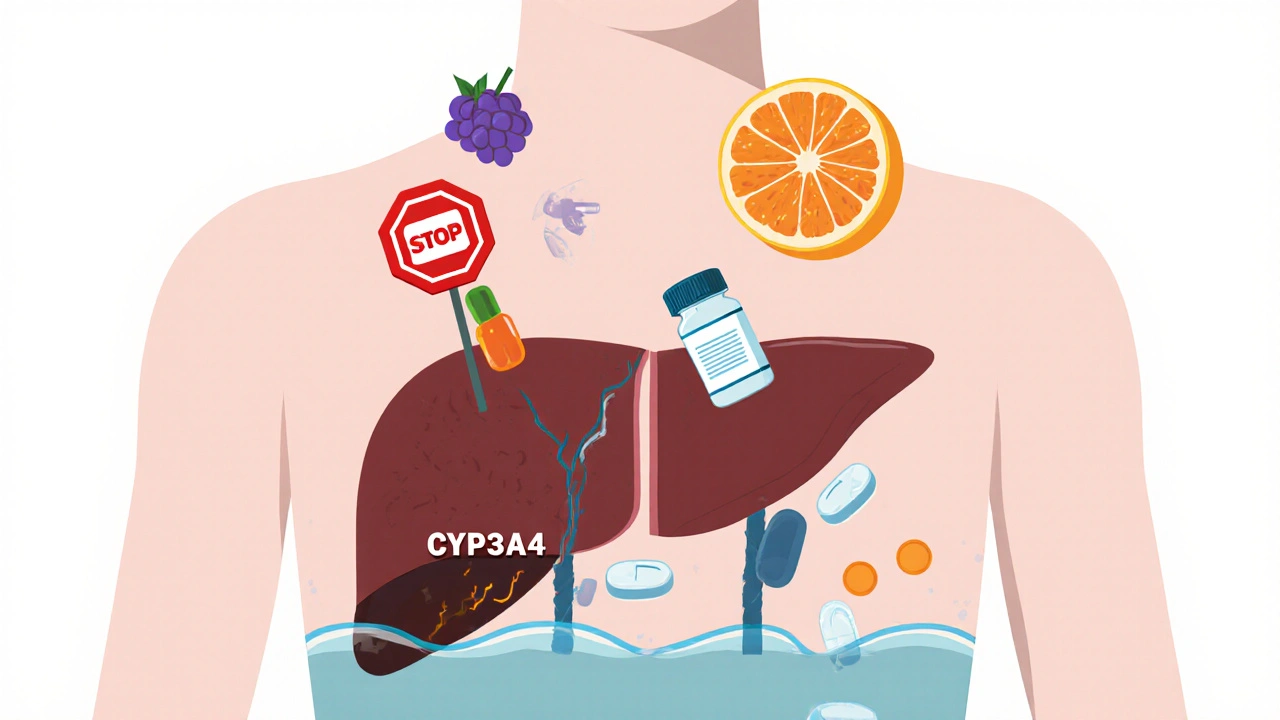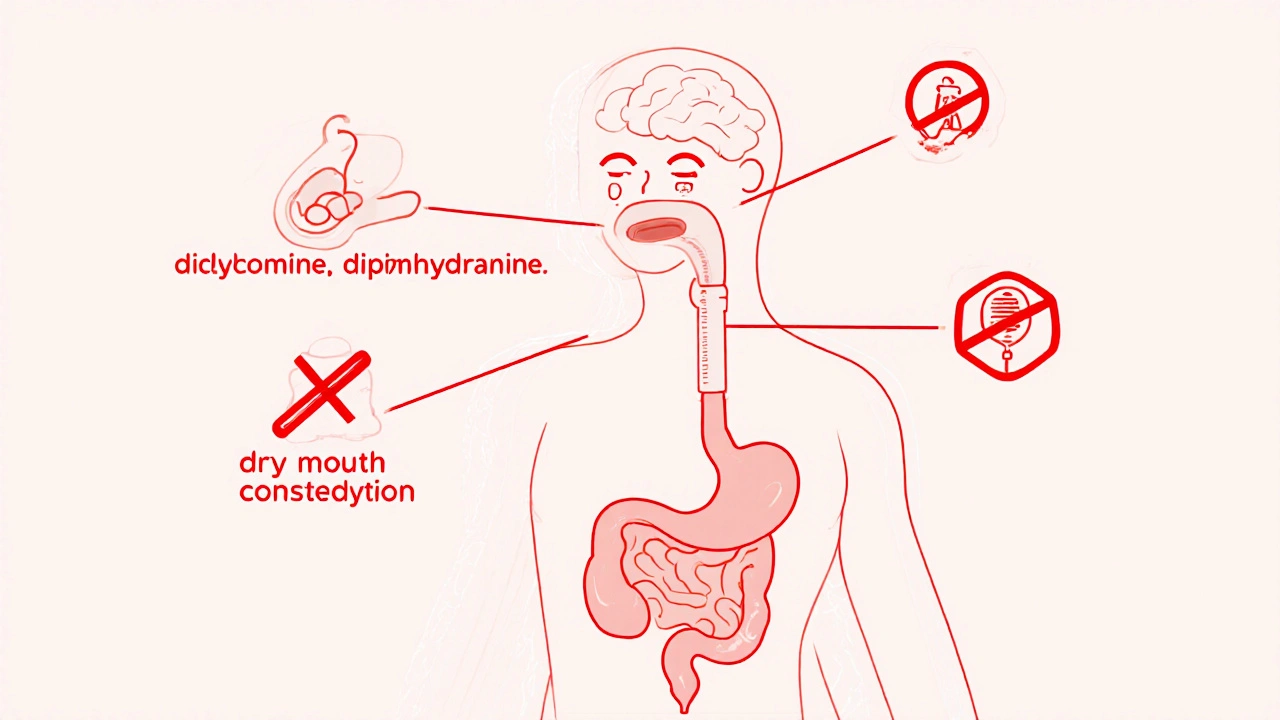Ever wonder why your doctor asks about every pill you take? It’s because drugs love to mingle, sometimes in ways that can cause trouble. When two medicines mix, they can boost each other's effects, cancel each other out, or create new side‑effects. Understanding these combos can save you from headaches, hospital trips, and wasted money.
Our drug interactions tag pulls together the most practical guides on this topic. Whether you’re looking at antihistamines, steroids, or herbal supplements, the articles below break down the science in plain English and give you step‑by‑step tips to avoid problems.
Most medicines are processed by the liver using enzymes called CYP450. If one drug blocks an enzyme, another drug that needs that enzyme can build up to risky levels. On the flip side, some drugs speed up the enzyme, sending another medicine out of your system too fast, making it less effective. Food, alcohol, and even vitamins can join the party, adding extra twists.
For example, the allergy pill loratadine (found in generic Claritin) usually plays nice, but mixing it with a strong sedative like hydroxyzine can make you drowsy. Our article on buying generic Claritin in Australia explains the safe dosage and warns about common culprits that increase drowsiness.
1. Ask the pharmacist. They have databases that flag risky combos in seconds.
2. Use a trusted app. Look for tools that let you enter every prescription, over‑the‑counter product, and supplement.
3. Read the label. Side‑effect sections often list major interaction warnings.
4. Keep a medication list. Write down brand names, dosages, and why you take each drug. Update it whenever you start or stop something.
Our guide on buying Propranolol online walks you through checking prescriptions before you click “buy.” The same principle applies to any drug – always verify that the pharmacy’s system catches interactions.
Some interactions are easy to spot, like mixing blood thinners (e.g., Clopidogrel) with NSAIDs (e.g., Arcoxia). Others are sneaky, like combining herbal supplements such as wintergreen oil with prescription blood pressure meds. The article on wintergreen supplements explains why you should double‑check with your doctor before adding it to your routine.
If you’re on a complex regimen – say a steroid like Decadron, a beta‑blocker like Propranolol, and an antihistamine – it’s worth a quick chat with your prescriber. They can reorder your schedule so the drugs don’t clash.
When you read an article under the drug interactions tag, you’ll often see a short “Interaction Checker” tip at the end. Those nuggets are perfect for a quick safety scan before you head to the pharmacy.
Remember, the goal isn’t to scare you but to give you confidence. Most interactions are mild and manageable if you know they exist. By staying curious, keeping a simple list, and using the tools we recommend, you’ll keep your meds working the way they should.
Got a question about a specific combo? Drop a comment on any of our tag articles, and we’ll dig into the details together.

Drug interactions can turn normal side effects into dangerous health events. Learn how common combinations with food, supplements, or other meds increase risks-and how to prevent them.
Read More
Antispasmodics like dicyclomine and hyoscine can interact dangerously with common medications, causing confusion, constipation, and delirium-especially in older adults. Learn which combinations to avoid and safer alternatives.
Read More
Unlock the essentials about erythromycin: how it fights infections, what to watch for, and smart tips to use it effectively. Learn about real-world uses, potential side effects, and interactions you can’t ignore. Get concrete advice and key facts for 2025 in this deep-dive guide. Clear answers for anyone who needs straightforward info on this powerful antibiotic.
Read More